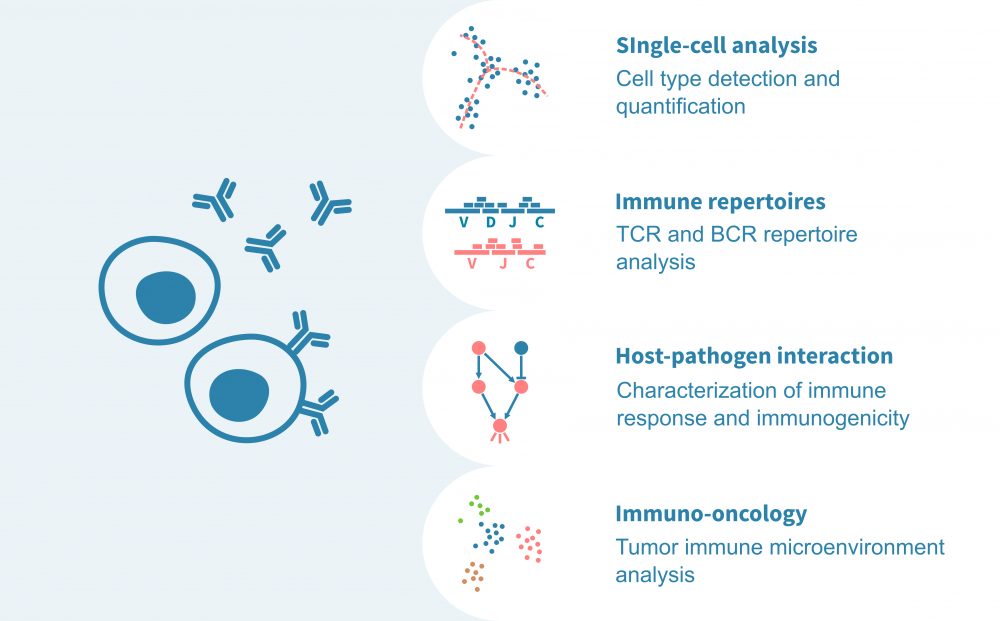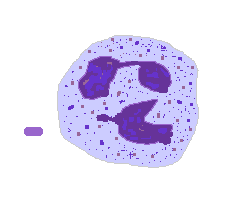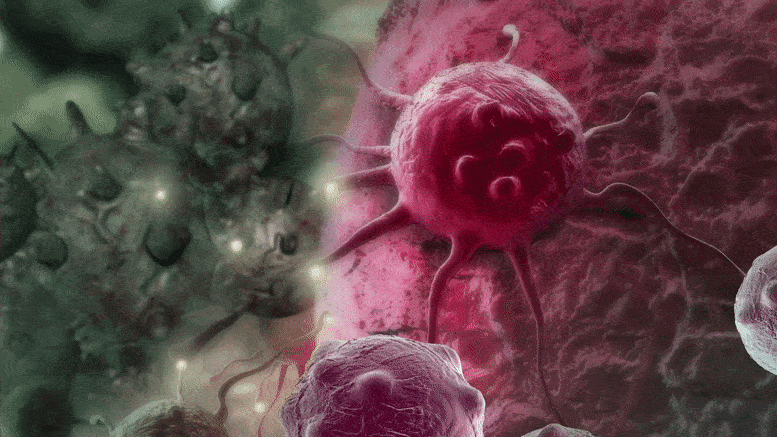Characterize cell types, immune repertoires and mechanisms of immune evasion at the highest resolution.
Research into our complex and dynamic defense system benefits from the latest developments in genomic measurement technologies.
What are the key cell types that bring about an immune response? How do they develop? How do they malfunction in autoimmune diseases? And how can the immune system be leveraged to treat cancer? We apply advanced computational analyses to your high-throughput data to help answer questions like these.
Learn more about our expertise and some of the typical computational analyses in immunology, immunobiology and immuno-oncology below.



